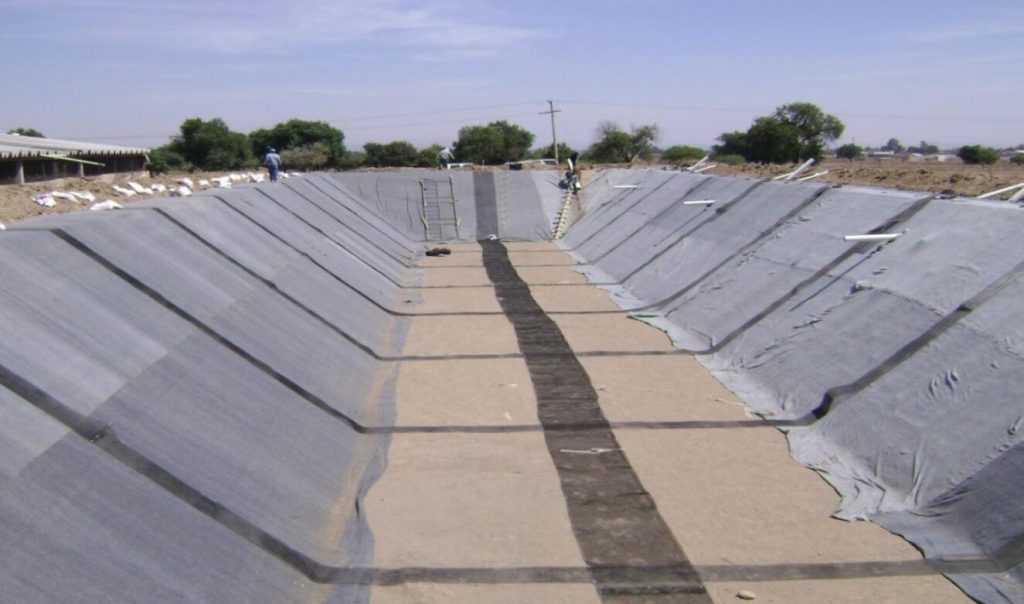
Geotextiles, also known as “geofabrics,” are permeable fabrics used for various civil engineering and environmental applications. Such application includes monitoring soil moisture conditions; this places is one of the major areas where they can be specifically employed.
This article will analyze geotextiles in relation to soil moisture measurement, different types of geotextiles, installation procedures, and the advantages it has on accuracy and efficiency of soil moisture measurement systems.
Soil moisture monitoring is vital in many fields such as agriculture, construction and even environmental management. This process entails checking the amount of water present in the soil which contributes to plant growth among others. Traditional procedures employed involve taking measurements physically, sampling soils and using electronic sensors. Although these methods are efficient they are accompanied by certain shortcomings like accuracy, spatial coverage or labor intensity.
They play a big role in determining water movements as well as retention within the soil profile during soil moisture monitoring processes. Normally geotextiles are placed inside or on top part of the ground surface thus acting like a barrier that checks water movement while allowing for air and nutrient circulation within them. Geotextile associated with other forms of sensing technology can enhance high precision and reliability when measuring how much water is present in the ground.
Soil moisture monitoring geotextiles come in three main types – woven fabric, non-woven fabric and knitted fabric. Woven geotextiles made from either polypropylene may have additional polyester fibers with high tensile strength that makes them durable. Non-woven geotextiles on their turn consist randomly orientated fibres bonded together mechanically or chemically whereas knitted ones exhibit flexibility hence conformability thereby making them suitable for uneven surfaces.
Installation of these geosynthetic materials depends upon specific purpose as well as site conditions including location characteristics. For example; agriculturally oriented scenarios require burial beneath soils while sometimes lying between rows on a field’s surface. In construction industry, they may be under the buildings’ foundations or to enhance steepness of slopes and embankments. Good installation is critical for proper functioning and long use of such systems of monitoring.
Improved precision: By keeping water more consistently distributed throughout the soil profile, geotextiles result in more precise moisture measurements.
Higher efficiency: Frequent manual measurements and soil sampling can be avoided thus reducing time spent as well as labor costs.
Greater spatial coverage: This allows for comprehensive monitoring over different terrains by having several installations across a wide area.
Permanent stability: Geotextile fabrics are manufactured to provide reliable performance despite being subjected to UV exposure, moisture, or shifting soils etc.
Several case studies have proven that geotextiles can be very effective in monitoring soil moisture. One study was carried out on agricultural fields where geotextiles were used to improve irrigation efficiency through real-time sensing that enabled better distribution of water based on its content at any given time . In another example, geotextiles were deployed in landslide-prone areas to monitor soil moisture levels and predict potential slope failures thus leading to timely mitigation measures Implementation can prevent future damage from occurring due to landslides.”
In the monitoring soils moisture, geotextiles have a big role to play, in that they provide reliable and durable media for water movement and retention within the soil profile. Benefits of using them include improved accuracy, faster work, more comprehensive mapping and long-term resistance to disturbances. Geo-textiles integration into soil-moisture-monitoring systems can help researchers, engineers and land managers gain important insights into soil water dynamics which can help optimize agricultural, construction and environmental management practices.






